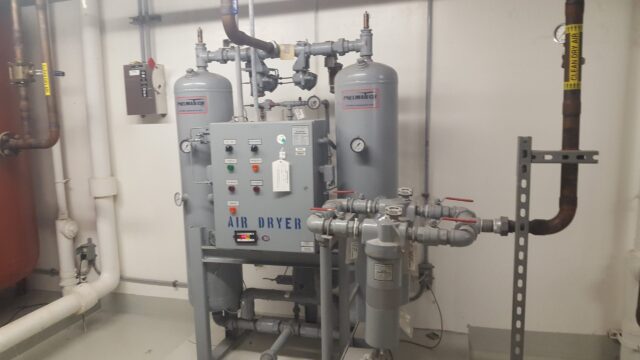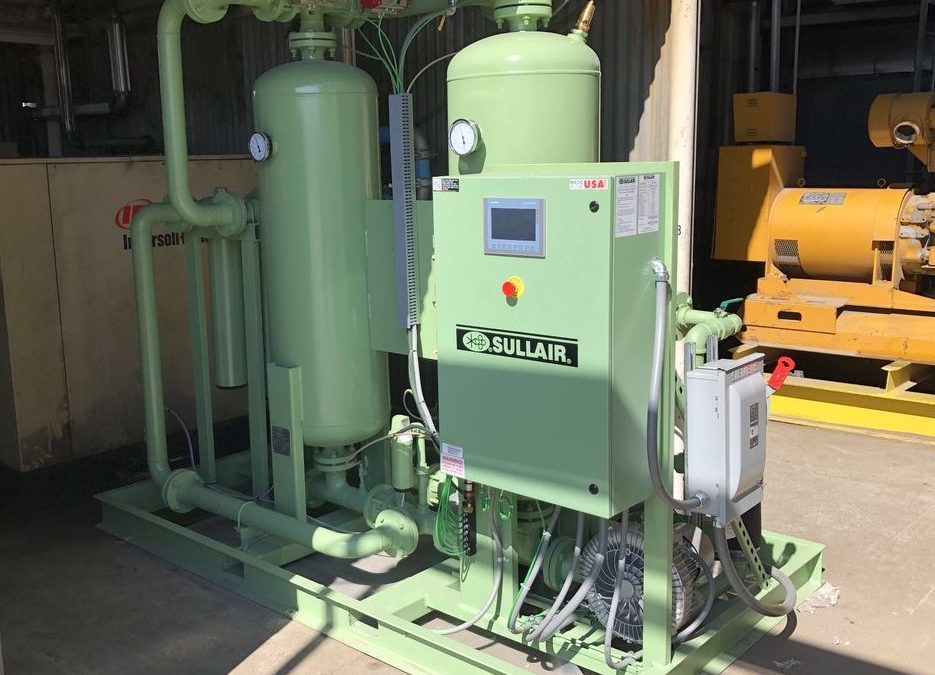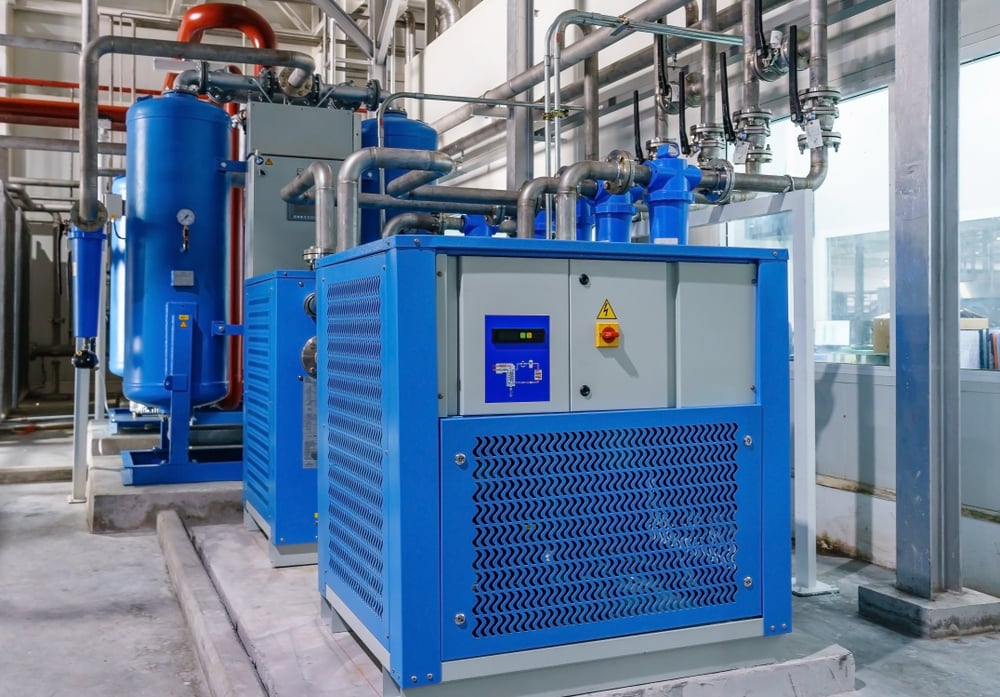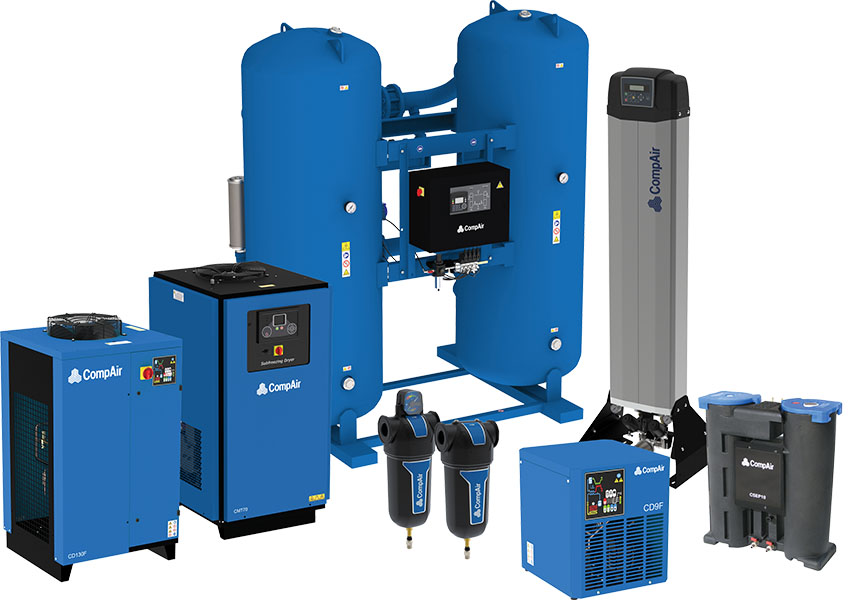
Are you looking for expert advice on the different types of air dryers? With so many models available, it can be difficult to know which one is right for your needs. This guide will provide an in-depth look at the diverse range of air dryers and their applications.
From exploring basic features to understanding more complex functions, this article covers everything you need to make an informed decision when buying an air dryer. Well, help you understand the differences between various technologies and explain why some are better suited for certain tasks than others.
By the end of this guide, you’ll have a much better idea about what type of air dryer would best meet your requirements.
Compressed Air Desiccant Dryers

Compressed air desiccant dryers are a type of air dryer used for removing moisture from compressed air. This process is often needed to protect downstream equipment and processes by reducing the risk of corrosion or contamination that could be caused by water vapor in the air.
Compressed air desiccant dryers typically contain a bed of activated alumina, silica gel, or molecular sieve as their drying media which adsorbs water molecules from the compressed airflow. The dried compressed air is then discharged into the atmosphere after it has passed through an additional filter system designed to remove any particles present in the clean dried gas stream.
Compressed Air Desiccant Dryers can offer very low dewpoints at high pressures and flow rates making them ideal for many industrial applications where long-term operation needs to be maintained with minimal maintenance requirements.
Refrigerated Air Dryers

Refrigerated air dryers are a type of air-drying technology used in industrial settings to remove moisture from the environment. They work by cooling the incoming compressed air, which causes water vapor to condense and become liquid before it is removed.
This method is more efficient than other types of dehumidification because it requires less energy and produces fewer waste products. Refrigerated air dryers can be used for many different applications including paint spraying, food processing, electronics manufacturing, automotive assembly lines, and pharmaceutical production.
The most important advantage of using refrigerated air drying equipment is that it substantially reduces costs related to maintenance or replacement due to corrosion caused by humid conditions. Additionally, these machines require minimal cleaning and are relatively easy to operate compared with other types of dehumidifiers on the market.
Deliquescent Air Drying Systems

Deliquescent air drying systems are a type of air dryer that uses chemical absorption to remove moisture from the air. These systems use deliquescent salts, which act like sponges and absorb water molecules from the environment.
The salts are then removed and replaced with fresh ones as needed, allowing for an efficient process that can reduce humidity levels quickly. Deliquescent air drying systems are often used in laboratory settings or other industrial applications where low humidity is essential for the safety and optimal operation of equipment.
They provide reliable performance without needing frequent maintenance or energy consumption, making them an attractive option for many applications requiring precise control of humidity levels.
Membrane Air Dryers

Membrane air dryers are a type of compressed air treatment system that uses semipermeable membranes to remove moisture from the air. This type of dryer works by allowing water vapor molecules to pass through its membrane while blocking larger molecules such as oil and dirt particles.
The membrane also serves as a filter, trapping any impurities or contaminants before they can enter your process. Membrane air dryers are known for their reliability and low maintenance needs, making them an ideal choice for many applications that require clean and dried compressed air.
They also have much lower energy consumption than traditional refrigerated or desiccant-based systems, making them more cost-effective in the long run. Additionally, these units produce very little waste since no chemicals or pollutants are released during operation which makes them especially beneficial for environmentally conscious businesses.
Heatless Regenerative Desiccant Dryers

Heatless Regenerative Desiccant Dryers are a type of air dryer that uses an absorbent material to capture moisture from the air and then regenerate it. This process is more efficient than traditional methods, as no energy is needed for heat transfer.
Heatless regenerative desiccant dryers can be used in applications where drying needs to occur quickly, such as medical equipment and industrial production lines. They also provide much better protection against contamination due to their ability to remove both water vapor and particulates from the air stream.
Heatless regenerative desiccant dryers offer many advantages over other types of air dryers, including lower operating costs, reduced maintenance requirements, improved quality control measures, and higher levels of safety.
Conclusion
In conclusion, Air Dryers are a great choice for anyone looking for an efficient and effective way to dry their clothes without having to resort to using a traditional tumble dryer. Different types of air dryer systems offer different advantages depending on the size and type of space available in the home, as well as personal preferences when it comes to drying times and energy usage.
With careful consideration, you can select the perfect air dryer system that meets your needs while saving both time and energy.





